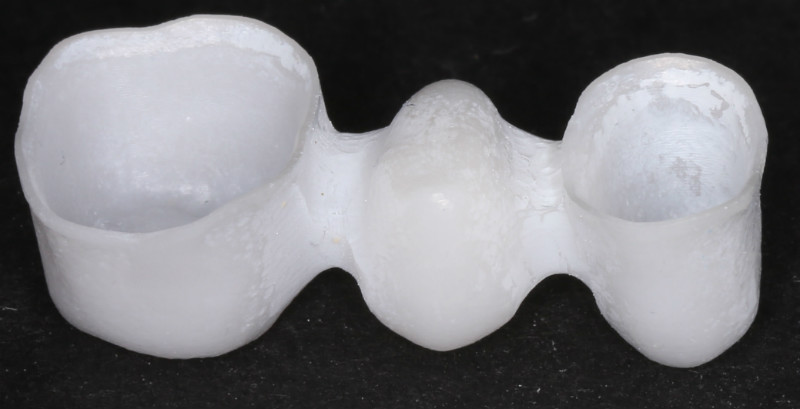Gap setting matters

Jon E. Dahl
Managing Director
In a recent investigation from University of Oslo and NIOM, none of the three-unit bridges produced with different CAD/CAM systems attained the nominal settings for the cementation gap. The measured gaps were up to twice the sizes set in the CAD-software.
Bridges were made from pre-sintered zirconium dioxide, hot isostatic pressed zirconium dioxide, lithium disilicate reinforced glass-ceramic, milled cobalt-chromium, and laser-sintered cobalt-chromium. As a reference group, cobalt chromium bridges were also made by the traditional lost-wax and metal casting technique.
There was no statistically significant difference between the groups. The fit was measured both in mesio-distal and bucco-palato direction. The cement gap varied between areas of the restoration, although the variation was not consistent among the materials. The marginal cement gap, defined as the band 0.5–1.0 mm from the preparation margin, was found to be somewhat smaller than the internal cement gap but still larger than the manufacturers’ specifications for that area.
Picture: CAD/CAM-produced three-unit bridge.
All the CAD/CAM three-unit bridges were based on the same digital impression of a typodont model of the upper jaw. For the lost-wax and casting technique-bridges polyvinyl silicone impressions were taken.
The right second premolar was removed and the first molar and the first premolar were prepared with a diamond rotary cutting instrument to take a three-unit bridge.
The fit of the restorations was established using the digital evaluation technique known as the triple-scan method. The scanning was performed in three steps: scanning of the typodont model; scanning of the bridge; and scanning of the bridge seated on the typodont model.
Clinical implication: The set values for internal fit and marginal discrepancy of CAD/CAM restorations are not met and a reduction in the set values may be justified.
Read more: Dahl BE, Dahl JE, Rønold HJ. Internal fit of three-unit fixed dental prostheses produced by
computer-aided design/computer-aided manufacturing and the lost-wax metal casting technique
assessed using the triple-scan protocol. Eur J Oral Sci. 2017 Nov 24. doi: 10.1111/eos.12394.

